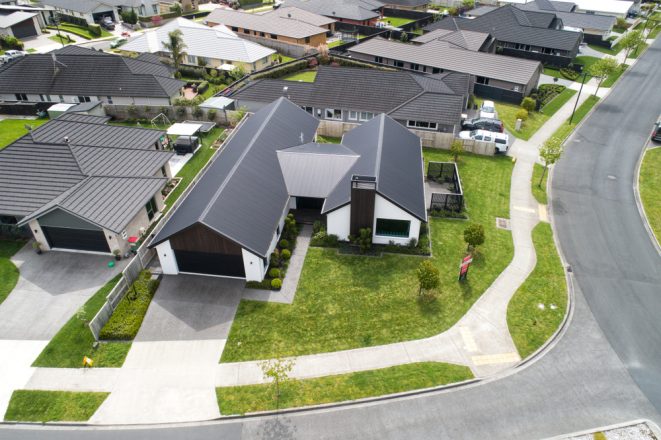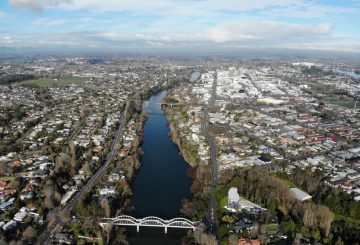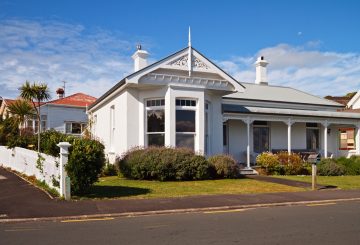住宅市場の高騰抑制を目的とした税制改正により、新築住宅は20年間適用除外されることになりましたが、長期賃貸物件の開発者には優遇措置が取られる可能性があります。
政府は、不動産投資家が住宅ローンの利子を他の所得と相殺できないようにする政策の対象外となる物件を明確にしました。
この政策は、投資不動産の売却益への課税に関するブライトライン・テストの延長を含むもので、3月に発表されましたが、詳細については不明でした。
グラント・ロバートソン(Grant Robertson)財務大臣は、他の種類の資産を犠牲にして不動産投資のインセンティブを低下させる方針であると述べています。
「既存の住宅投資物件への熱が冷めてきているのではないかという初期の兆候があります。」
その目的は、既存の住宅の競争条件を公平にして、初めて住宅を購入する人に有利にすることだといいます。
「税は住宅問題の原因でも解決策でもありませんが、影響を与えるものであり、これは政府の全体的な対応の一部です。」
新築住宅の場合、コンプライアンスコードの証明書を取得した時点から20年間、金利の控除を受けることができます。
この減税措置は、先週Kiwi Property Group(ニュージーランドを拠点とする不動産信託)が発表したような、長期賃貸を目的とした不動産開発にも適用される可能性があります。
「メーガン・ウッズ住宅担当大臣は、「新築および不動産開発に対する免除は、利息制限法が新築住宅の継続的な供給を減少させないことを保証するものです。」と述べました。
民間投資物件に対する現行の金利控除規定は、4年かけて段階的に廃止されます。背景情報は歳入庁(Inland Revenue)のウェブサイトに掲載されています。
年間25%を超える住宅価格の上昇を抑制するために、政府と準備銀行が今年とった措置の中には、実家以外の居住用不動産を売却した場合に課税対象となるブライトラインテストの延長や、銀行の住宅ローンの融資額に対する比率の厳格化などが含まれています。
不動産投資家団体の支援 Property Investors Federation(不動産投資家連盟)の最高責任者であるSharon Cullwick氏は、定義が明確になることで、所有者が変わっても不動産が新しさは変わらないことを意味するとして、この変更を支持しています。
また、会員がポートフォリオに変更を加える前に、この詳細がより確実なものになると述べています。
しかし、Cullwick氏は、この規則によって税金が免除されない投資家が多額のコストを負担することになり、不動産市場が「二層構造」になる可能性があると警告しています。
「我々の顧客はテナントであり、つまり、この発表以来上昇し続けている家賃は、この費用を支払うために今後も上昇し続けることになるのです。」
オーストラリア・ニュージーランド勅許会計士協会(Chartered Accountants Australian New Zealand)の税務スタッフリーダーであるJohn Cuthbertson氏は、今回の変更は多くの人が期待していた通りのものだと述べています。
また、「新築」の定義は広く、適度に寛大であると述べました。
「新築とは、単に敷地内に家を建てることではなく、ルールを読んで確認する必要があります。」
「輸送可能な住宅、モジュラーハウス、庭に置かれている古い住宅を敷地内に移すことも可能で、新しい建築コード適合証明書を取得すれば、それは新築として扱われます。」
彼は、この法律に欠缺があるかどうかは、まだ分からないと語りました。






























































